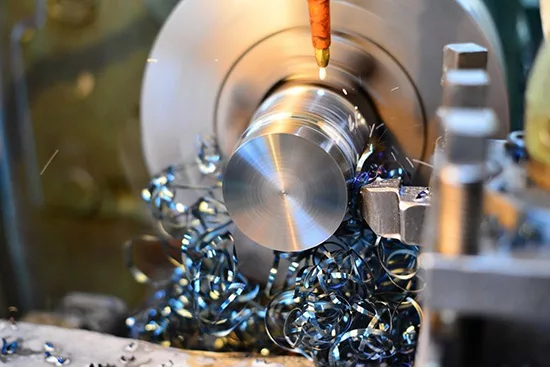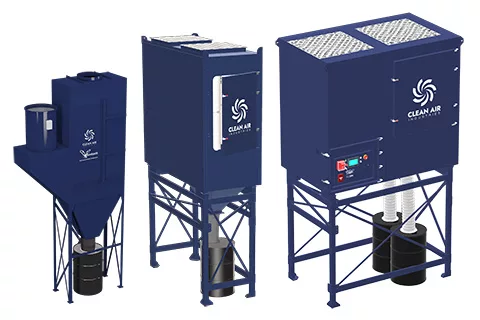MACHINING
What is Machining?
 Machining is a manufacturing process that involves the removal of material from a workpiece using cutting tools. The goal is to produce a part that matches a specific design or blueprint. Machining can be done using various methods, including milling, turning, drilling, and grinding, among others.
Machining is a manufacturing process that involves the removal of material from a workpiece using cutting tools. The goal is to produce a part that matches a specific design or blueprint. Machining can be done using various methods, including milling, turning, drilling, and grinding, among others.
Machining is typically done using machine tools, which can be manually operated or computer-controlled (CNC – Computer Numerical Control). The process involves the following steps:
- Designing the Part: The first step in machining is designing the part that needs to be produced. This is typically done using CAD (Computer-Aided Design) software.
- Preparing the Machine: The machine tool is then set up for the machining operation. This involves installing the appropriate cutting tool and setting the machine’s parameters, such as the cutting speed and feed rate.
- Machining the Part: The machine tool then cuts away material from the workpiece to produce the part. This is done by moving the cutting tool and/or the workpiece relative to each other.
- Finishing and Inspection: After machining, the part may undergo additional finishing processes to improve its surface finish or dimensional accuracy. The part is then inspected to ensure it meets the required specifications.
Hazards and Indoor Air Quality
Machining can have a significant impact on air quality within a manufacturing plant. The process can produce airborne contaminants, including dust, fumes, and mists, which can be harmful if inhaled. These contaminants can come from the material being machined (e.g., metal dust) or from the cutting fluids used in the process (e.g., oil mists).
Exposure to these contaminants can lead to various health problems, including respiratory issues, skin and eye irritation, and in some cases, serious conditions like lung cancer or neurological damage, depending on the type of material being machined.
In addition, oil mist and smoke can settle on surfaces, making them slippery and hazardous for walking or operating machinery. This increases the risk of slips, trips, and falls, potentially resulting in injuries. Oil mist and smoke can also infiltrate electrical components and machinery, causing corrosion, fouling, and malfunction. These contaminants can clog filters, reduce lubrication effectiveness, and negatively impact the performance and lifespan of equipment.
Improving Indoor Air Quality
There are several ways to improve air quality within a machining plant:
- Ventilation: Proper ventilation is crucial in a machining plant. This can be achieved through the use of exhaust fans, air conditioning systems, and other ventilation equipment.
- Air Cleaning Systems: Air cleaning devices, such as oil mist collectors, oil smoke collectors, air scrubbers and dust collectors, can be used to remove airborne contaminants from the air.
- Use of Safer Materials and Cutting Fluids: Whenever possible, safer materials and cutting fluids should be used to reduce the production of harmful airborne contaminants.
- Personal Protective Equipment (PPE): Workers should be provided with appropriate PPE, such as respirators and safety glasses, to protect them from exposure to airborne contaminants.
- Regular Maintenance and Cleaning: Regular maintenance and cleaning of the machining equipment and the plant can help to reduce the accumulation of dust and other contaminants.
Remember, it’s important to comply with local and federal regulations and guidelines regarding air quality in manufacturing environments. Regular monitoring and assessment of air quality can also help to identify any issues and take corrective action as needed.
Clean Air Solutions for Machining

Oil Mist Collectors
Up to 3,600 CFM Airflow
Featuring our coalescing fiber bed “catch and release” technology so you can recycle your coolants.
Learn More
Oil Smoke Collectors
Up to 2,400 CFM Airflow
Recommended for finer oil droplets. Featuring our coalescing fiber bed “catch and release” technology.
Learn More
Central Collectors
Up to 40,500 CFM Airflow
Ruggedly designed for heavy-duty use, providing effective solutions for centralized fume and dust collection.
Learn More